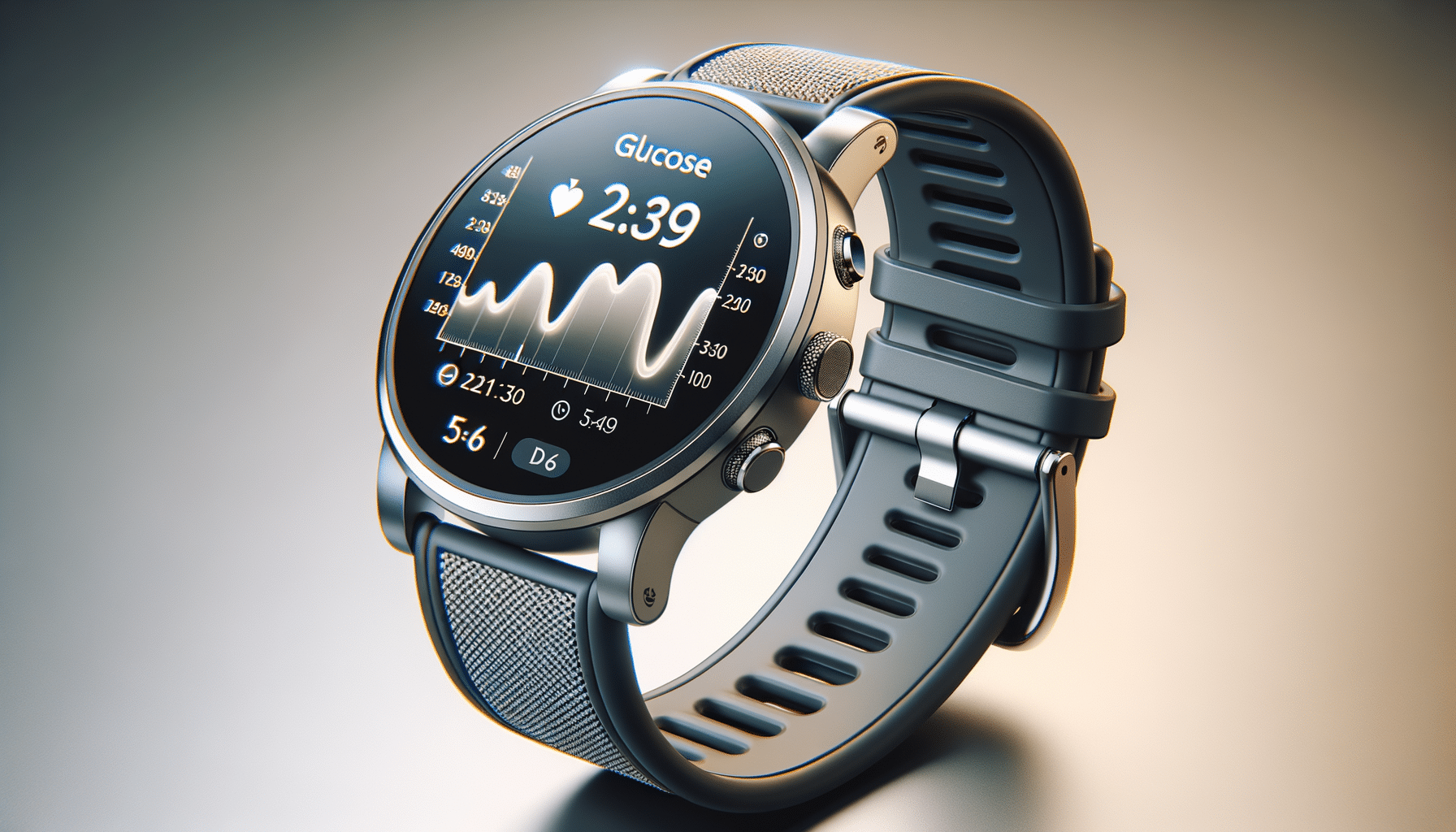
How a Smart Watch May Help Track Glucose Trends Easily
Introduction to Glucose Monitoring Smartwatches
The advent of wearable technology has revolutionized how individuals manage their health. Among the most significant innovations is the glucose monitoring smartwatch. These devices offer a convenient way to keep an eye on glucose levels, providing users with valuable insights into their health. As these smartwatches gain popularity, understanding their capabilities and benefits becomes crucial for those looking to integrate them into their wellness routines.
Glucose monitoring smartwatches are designed to track glucose trends, offering a non-invasive alternative to traditional blood glucose testing methods. This advancement is particularly beneficial for individuals with diabetes or those at risk, as it allows for continuous monitoring without the need for frequent finger pricks. By providing real-time data, these smartwatches empower users to make informed decisions about their diet, exercise, and medication.
In this article, we will explore the features and benefits of glucose monitoring smartwatches, how they work, and their potential impact on personal health management. We will also discuss the challenges and considerations when choosing the right device for your needs.
How Glucose Monitoring Smartwatches Work
Glucose monitoring smartwatches utilize advanced sensors to measure glucose levels through the skin. These sensors often use optical technology, which involves shining a light through the skin and analyzing the reflected light to determine glucose concentration. This non-invasive approach is a significant advancement over traditional methods, making continuous monitoring less cumbersome and more accessible.
The data collected by the smartwatch is then sent to a companion app on the user’s smartphone, where it can be analyzed and tracked over time. This integration allows users to view trends, set alerts for abnormal levels, and share data with healthcare providers. Some smartwatches also offer additional health metrics, such as heart rate and activity tracking, providing a comprehensive overview of the user’s health.
It’s important to note that while these devices offer valuable insights, they are not a replacement for professional medical advice. Users should consult with healthcare professionals to interpret the data and make informed decisions about their health management.
Benefits of Using Glucose Monitoring Smartwatches
The benefits of glucose monitoring smartwatches extend beyond convenience. These devices offer a proactive approach to health management, allowing users to detect trends and make lifestyle adjustments before issues arise. Here are some key benefits:
- Continuous Monitoring: Unlike traditional methods, smartwatches provide continuous glucose monitoring, offering a comprehensive view of glucose fluctuations throughout the day.
- Non-Invasive: The optical sensors eliminate the need for frequent finger pricks, reducing discomfort and inconvenience.
- Data Integration: The ability to track and analyze data over time helps users identify patterns and triggers, aiding in better decision-making.
- Alerts and Notifications: Users can set up alerts for high or low glucose levels, ensuring timely action is taken to address potential issues.
These benefits make glucose monitoring smartwatches a valuable tool for anyone looking to take charge of their health, particularly those managing chronic conditions like diabetes.
Challenges and Considerations
While glucose monitoring smartwatches offer many advantages, there are also challenges and considerations to keep in mind. One of the primary concerns is the accuracy of the readings. Although technology has improved significantly, these devices may not always provide readings as precise as traditional blood glucose meters. Users should verify readings with a standard device, especially if the data suggests a significant change in glucose levels.
Another consideration is the cost of these smartwatches. They can be more expensive than standard fitness trackers, and not all models are covered by insurance. Potential users need to evaluate their budget and determine if the investment aligns with their health goals.
Lastly, privacy and data security are important considerations. As with any device connected to the internet, there is a risk of data breaches. Users should ensure that the smartwatch and its companion app have robust security measures in place to protect their personal health information.
Conclusion: Embracing Technology for Better Health Management
Glucose monitoring smartwatches represent a significant step forward in personal health management. By providing continuous, non-invasive monitoring, these devices empower users to take a proactive approach to their health. While there are challenges to consider, the benefits of having real-time data at one’s fingertips can greatly enhance one’s ability to manage glucose levels effectively.
As technology continues to advance, these smartwatches will likely become an integral part of health management for many individuals. By staying informed and making thoughtful choices, users can harness the power of wearable technology to improve their overall wellness and quality of life.


